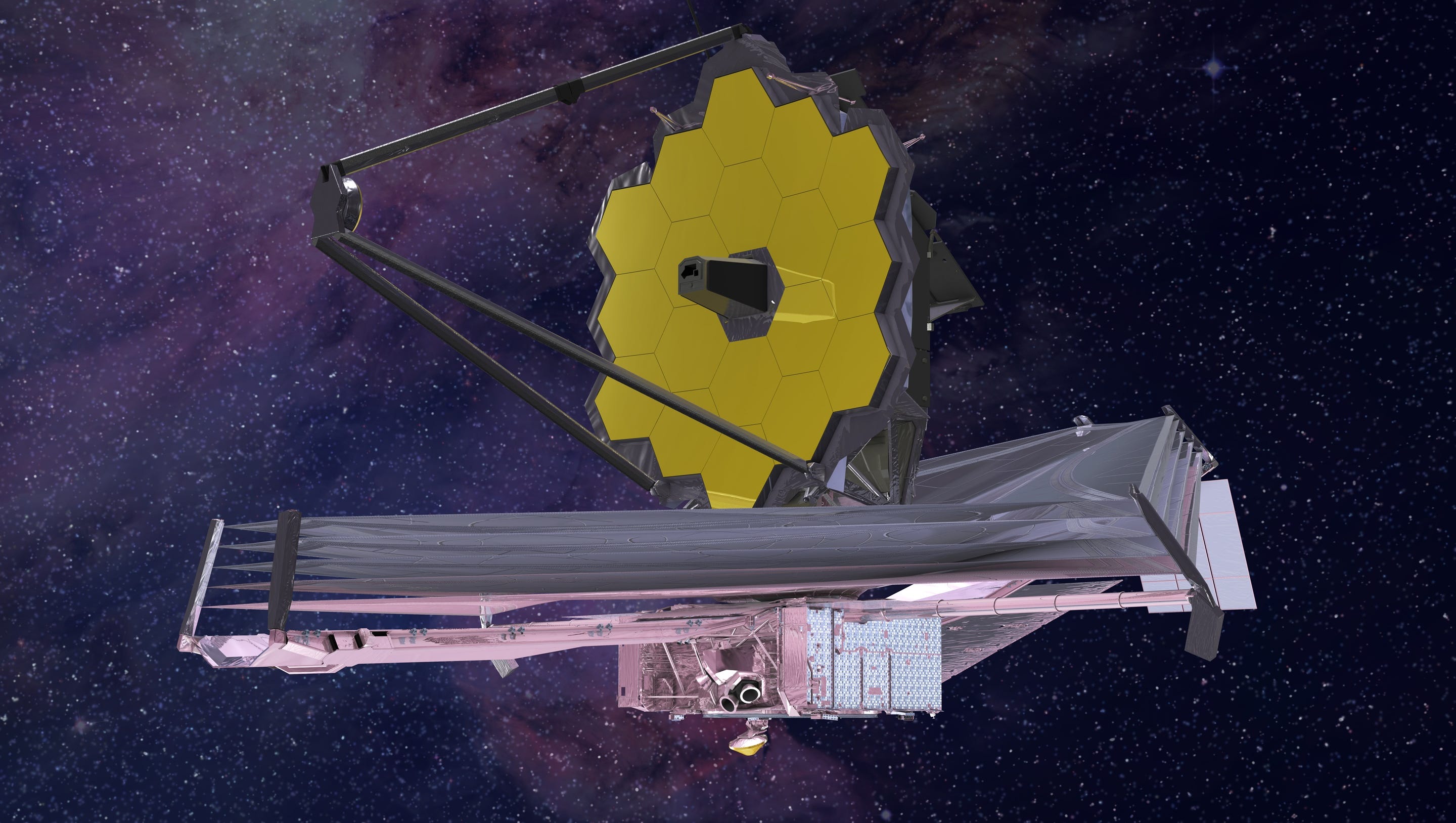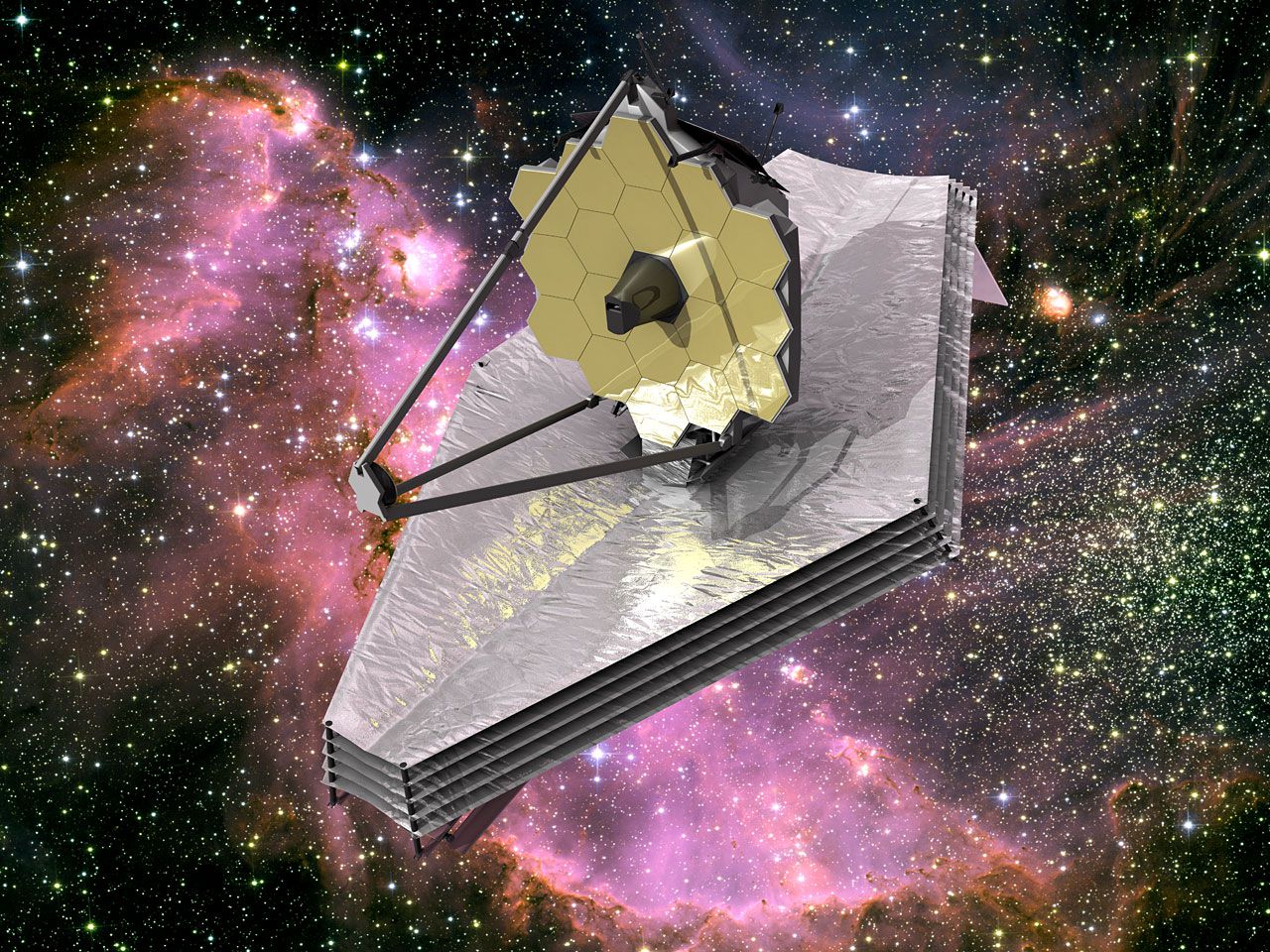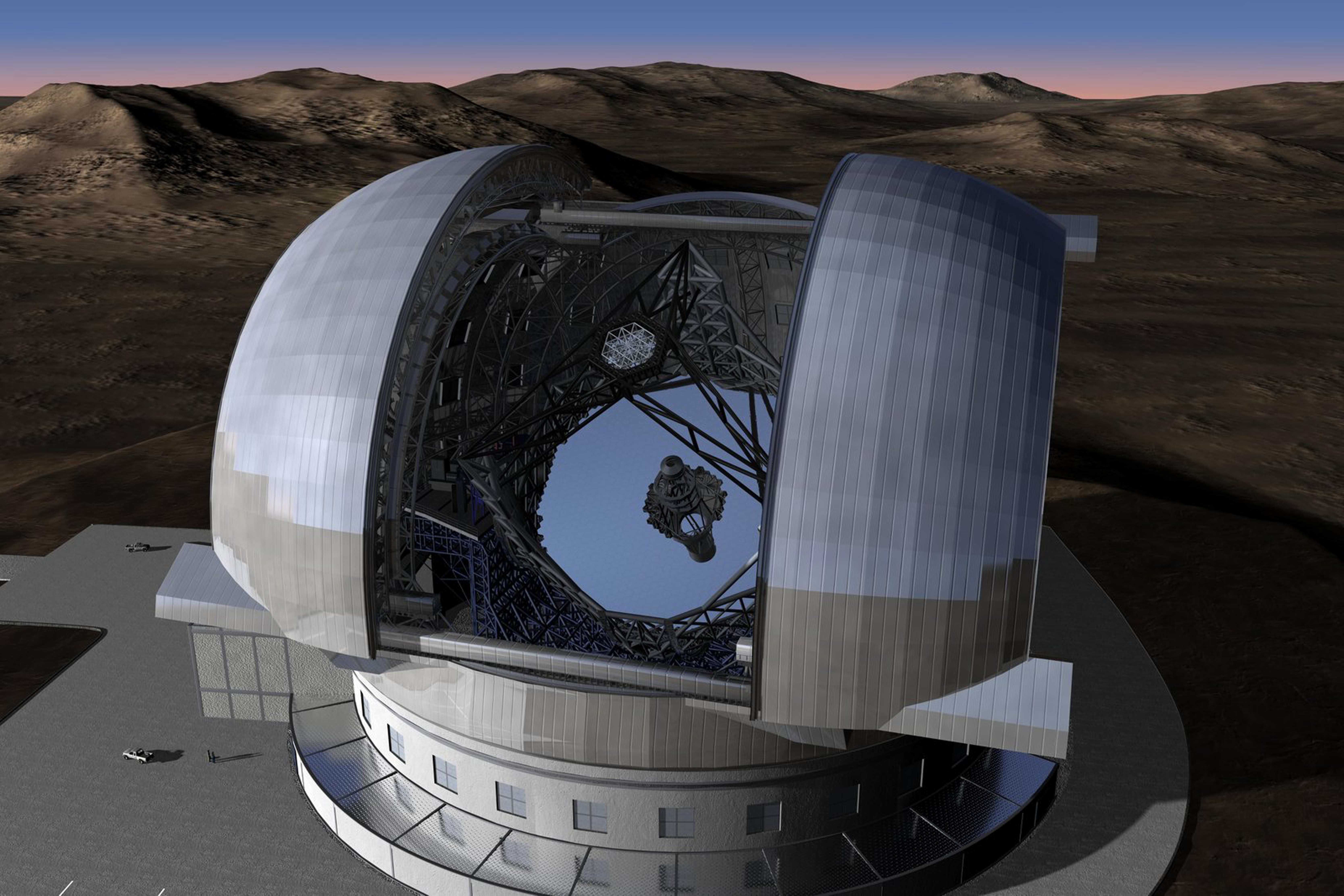

“It helps us see way back in time - more - and get a better understanding of the early universe,” Pagan said. During that journey, what started off as visible or ultraviolet light has stretched out, slowly shifting into infrared - hence the term “redshift.” That’s why Webb is uniquely suited to observe some of the oldest and most distant objects the universe has to offer. The universe is ever-expanding, which means that the light that first emanated from stars and galaxies millions or even billions of years ago traveled across space for a very long time before reaching Webb’s giant mirrored eye.
#NEW SPACE TELESCOPE PLUS#
Hubble can see visible light and ultraviolet light, plus a small fraction of infrared.Ī phenomenon called redshifting plays a huge role in what makes Webb’s infrared observations so significant. Our eyes can only see the visible spectrum, while Webb is capable of detecting infrared light, specifically in the near and mid range. Webb’s giant mirror can be compared to our pupils, but that’s about where the similarities to human eyes end. Here’s a look at the main differences between Webb and Hubble, plus a handful of Webb images - including some that Pagan personally processed - and why the novel information they offer makes them such valuable additions to the field of astronomy.

“It’s that back and forth of making sure that the science is informing the image, and that it’s illustrating the discovery,” Pagan said. The data itself isn’t manipulated, just the details that your eye is drawn to, like how tweaking the brightness or contrast of a photograph doesn’t alter the basic scene it depicts. Researchers chime in to make sure that the images emphasize the scientific value of the observations. It takes an average of a few days to create the colorful images that NASA touts in press releases, but Pagan and DePasquale aren’t doing it all alone. Researchers like Koekemoer often stitch together separate images taken through these filters to create a kind of mosaic before passing them along to Pagan and DePasquale for processing. “For example, some filters are at wavelengths corresponding to hot ionized gas, while other filters are at wavelengths corresponding to emission from colder molecular gas, or emission from dust,” Anton Koekemoer, a research astronomer at the Space Telescope Science Institute, told the PBS NewsHour via email. The telescope uses various filters to pick up wavelength ranges mostly in the infrared, Pagan said. Scientists can glean all sorts of information from the light that Webb picks up, like which elements comprise an observed object or how hot it is. But both are valuable tools that can offer astronomers different types of information, much like an X-ray and an MRI reveal different details about a person’s body, Pagan said. Webb is larger and more sensitive than Hubble - the area of its mirror is more than five times greater than its predecessor’s, which allows it to capture dimmer light from more distant objects, according to the STSI. “So they’re like these buckets of light collectors, essentially.”

“You could think of as having huge pupils - their mirror size is like their pupil size,” Pagan explained. READ MORE: 5 new awe-inspiring images of the universe from James Webb Space Telescope Pagan described both Webb and Hubble as akin to giant eyes built to take in massive amounts of light using mirrors. The responsibility of translating Webb’s observations into jaw-dropping images for NASA largely rests on the shoulders of just two people: science visuals developer Alyssa Pagan and senior data imaging developer Joseph DePasquale at the Space Telescope Science Institute (STSI) in Baltimore. The two are designed to observe different swaths of the electromagnetic spectrum, meaning they each deliver valuable information about celestial phenomena in unique ways. Webb is a successor to the still-active Hubble Space Telescope, which launched in 1990. The James Webb Space Telescope has offered mesmerizing new shots of the cosmos - from nebulae to galaxies to the early universe - since its first set of images was revealed in July.


 0 kommentar(er)
0 kommentar(er)
